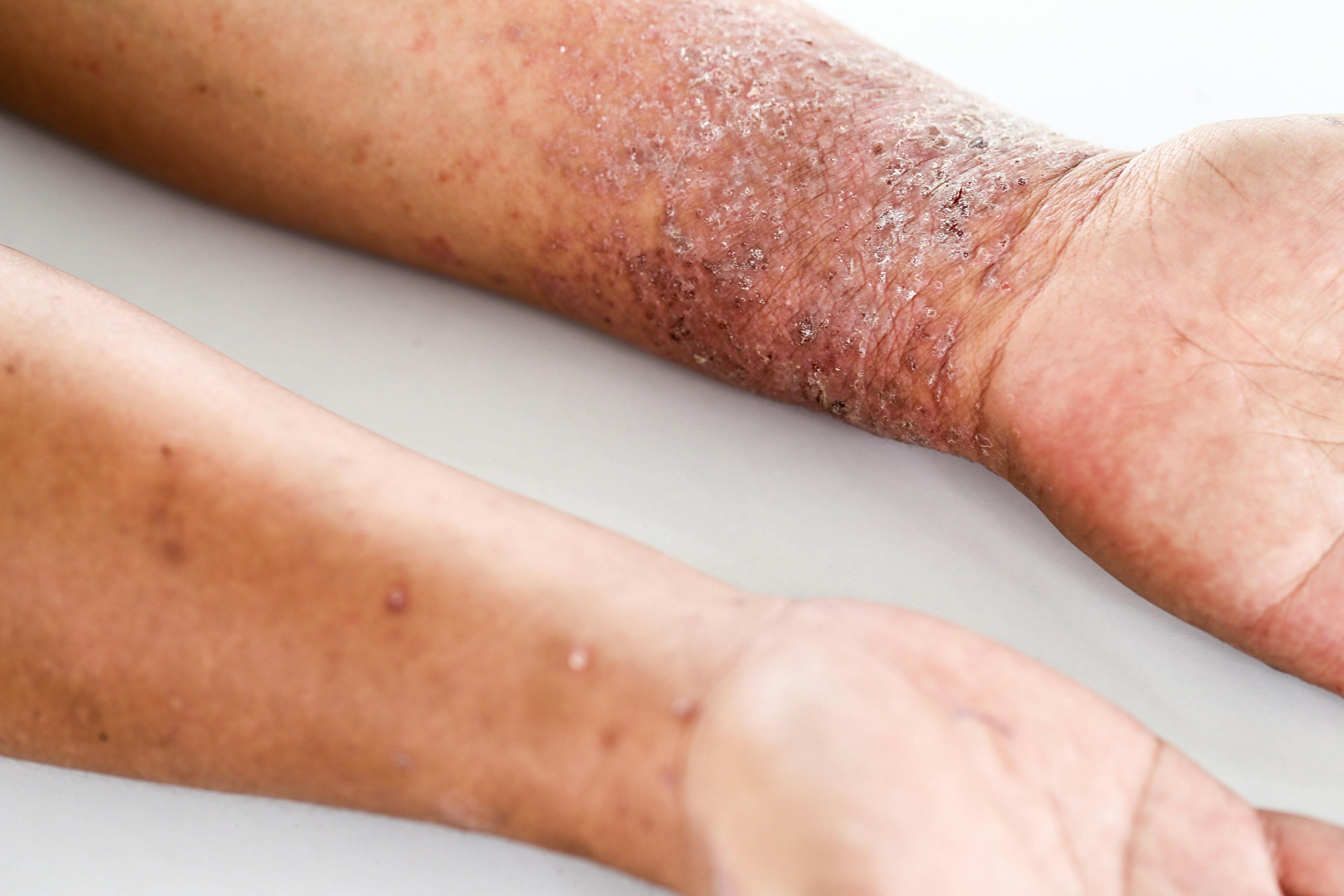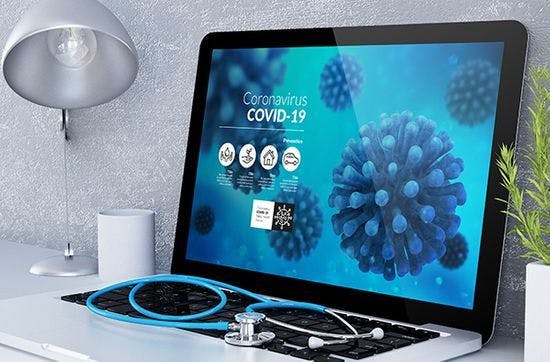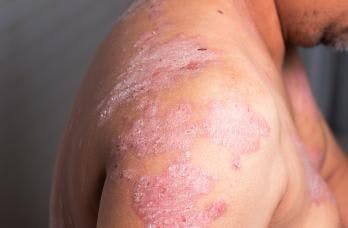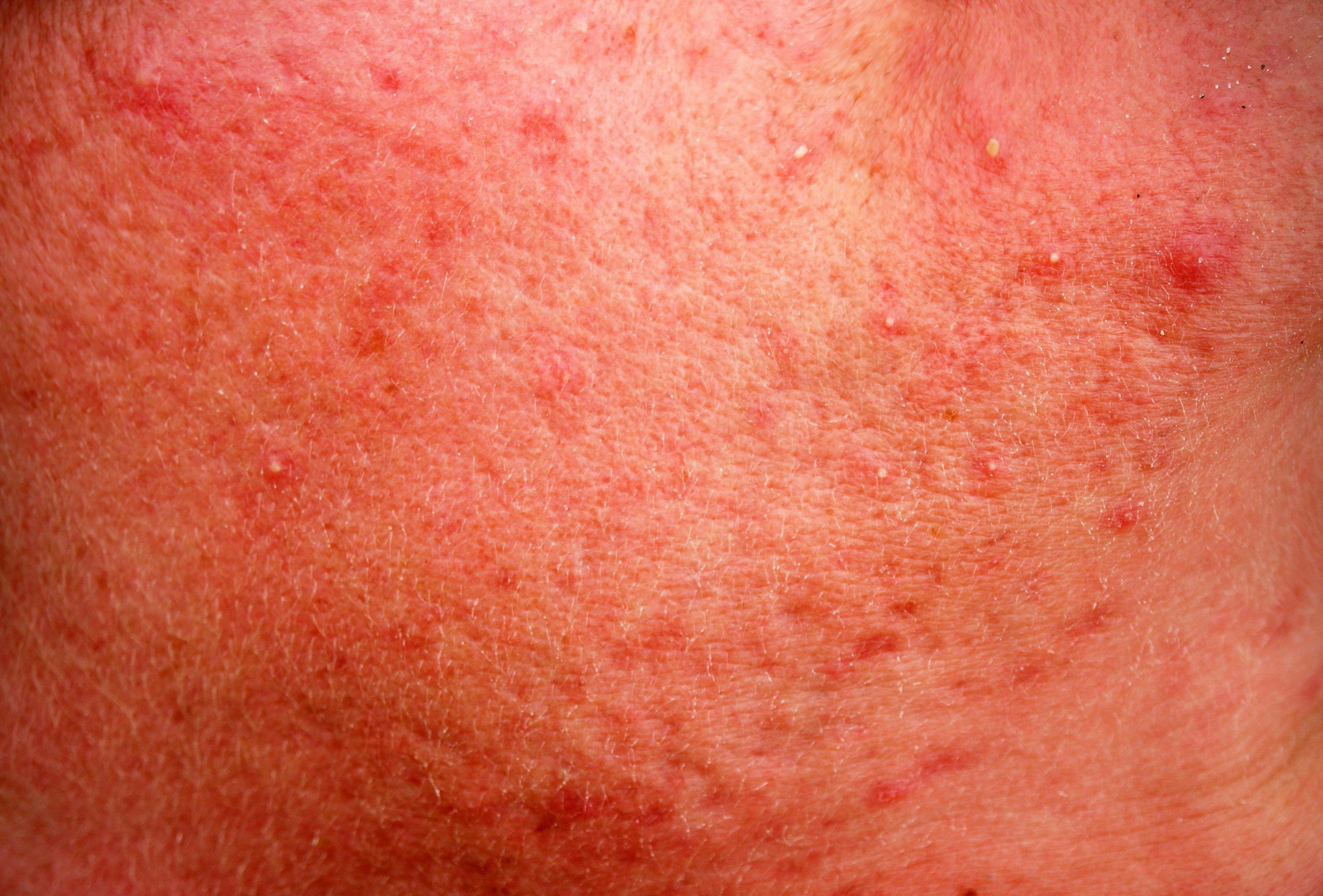- Acne
- Actinic Keratosis
- Aesthetics
- Alopecia
- Atopic Dermatitis
- Buy-and-Bill
- COVID-19
- Case-Based Roundtable
- Chronic Hand Eczema
- Chronic Spontaneous Urticaria
- Drug Watch
- Eczema
- General Dermatology
- Hidradenitis Suppurativa
- Melasma
- NP and PA
- Pediatric Dermatology
- Pigmentary Disorders
- Practice Management
- Precision Medicine and Biologics
- Prurigo Nodularis
- Psoriasis
- Psoriatic Arthritis
- Rare Disease
- Rosacea
- Skin Cancer
- Vitiligo
- Wound Care
Publication
Article
Dermatology Times
Review links GI disorders, rosacea
Author(s):
Recent literature shows associations between rosacea and numerous inflammatory gastrointestinal disorders.
Therapies targeting inflammatory gastrointestinal (GI) disorders may play a future role in addressing immune system dysregulation and the rosacea symptoms that arise from it, according to a recent systematic review published in Dermatologic Therapy.1 The article, which reviewed literature based on the associations between rosacea, skin and gut disorders, and GI disorders suggests future studies should focus on specific mechanisms linking GI pathology with rosacea manifestations and the role of enteral drugs in mitigating cutaneous symptoms.
“Current theories highlight the role of the cutaneous microbiome, specifically D. folliculorum and a few commensal bacteria, in the propagation of an inflammatory response and its associated inflammatory effects in rosacea’s pathogenesis,” wrote first author Hala Daou, MS IV, University of South Florida Morsani College of Medicine.
In their review of the literature in PubMed, Cochrane, and Embase from their inception to August 6, 2020 (154 of the 708 papers gathered from database searches received full text review), the authors considered articles on current theories implicating immunity dysregulation, aberrant neurovascular signaling, chronic inflammation and overgrowth of commensal skin organisms, as well as associations with additional GI pathologies, including small intestinal bacterial overgrowth (SIBO), irritable bowel syndrome (IBS), inflammatory bowel disease (IBD) and Helicobacter pylori (H. pylori) infection.
Also of interest were results on the generation of reactive oxygen species (ROS) due to an altered innate immune response that, according to Daou, “appears to be a component of rosacea’s mechanism of disease. Studies demonstrated higher levels of ROS in patients with this condition."
Studies in the review discuss:
The cutaneous membrane: Skin affected by rosacea has significantly more expression of cathelicidin than normal skin, which may result in aberrant downstream effects and may also represent a link between rosacea and IBD.
Demodex folliculorum (D. folliculorum): A study notes an association between D. folliculorum and inflammatory markers, “suggesting a deleterious activation of the immune system.” The cytokines observed (including interleukin (IL)-8 and tumor necrosis factor alpha (TNFa)) promote angiogenesis, highlighting a potential cause of the long-standing, prominent telangiectasias often present in rosacea.
Bacillus oleronius: This microorganism produces antigenic proteins that potentially play a role in papulopustular rosacea (PPR), erythematotelangiectatic rosacea (ETR) and ocular rosacea.
Staphylococcus epidermidis: The altered microenvironment of rosacea-affected skin could potentiate exacerbation of symptoms due to a shift in microflora.
The gut microbiome: One case study shows a significant association between rosacea and a variety of systemic disorders including allergies, respiratory disease, GI disorders, hypertension, urogenital disease, and female hormonal imbalance, while a later population-based cohort study of 50,000 Danish patients with rosacea shows the prevalence of celiac disease (CeD), Crohn’s disease (CD), ulcerative colitis (UC), small intestinal bacterial overgrowth (SIBO), and irritable bowel syndrome (IBS) were all significantly higher among patients with rosacea compared to controls.
IBD: Increased risk of rosacea in patients with UC and CD is almost threefold compared to patients without IBD. A shared autoimmune susceptibility may provide a link between rosacea and GI disorders.
H. pylori: A theorized association describes H. pylori inflammation via cytotoxins and gastrin-induced flushing. There is speculation that systemic effects may be due to increased mucosal permeability to alimentary antigens, an autoimmune mechanism via the production of cross-reactive antibodies, or the impairment of vascular integrity.
SIBO: Patients with rosacea are 13 times more likely to have SIBO than controls.
Current studies are investigating erenumab, a human monoclonal antibody that antagonizes the calcitonin gene-related peptide receptor (CGRPR); timolol, a nonselective b-adrenergic antagonist and rifaximin, a semisynthetic nonsystemic antibiotic that acts as an intraluminal agent. Pulsed dye laser treatment with oxymetazoline hydrochloride 1% cream for the treatment of the ETR subtype is also being studied. “The results of these studies will be formative in the future rosacea treatment arsenal,” wrote Daou.
Disclosures: The authors report no relevant disclosures.
References:
1 Daou H, Seminario-Vidal L, Hennessy K, Paradiso M. Rosacea and the microbiome: a systematic review. Dermatol Ther. 2020.Available at: https://www.semanticscholar.org/paper/Rosacea-and-the-Microbiome%3A-A-Systematic-Review-Daou-Paradiso/c1aa397be0654eb3a63161027b29f2917d563719. Accessed November 13, 2020.
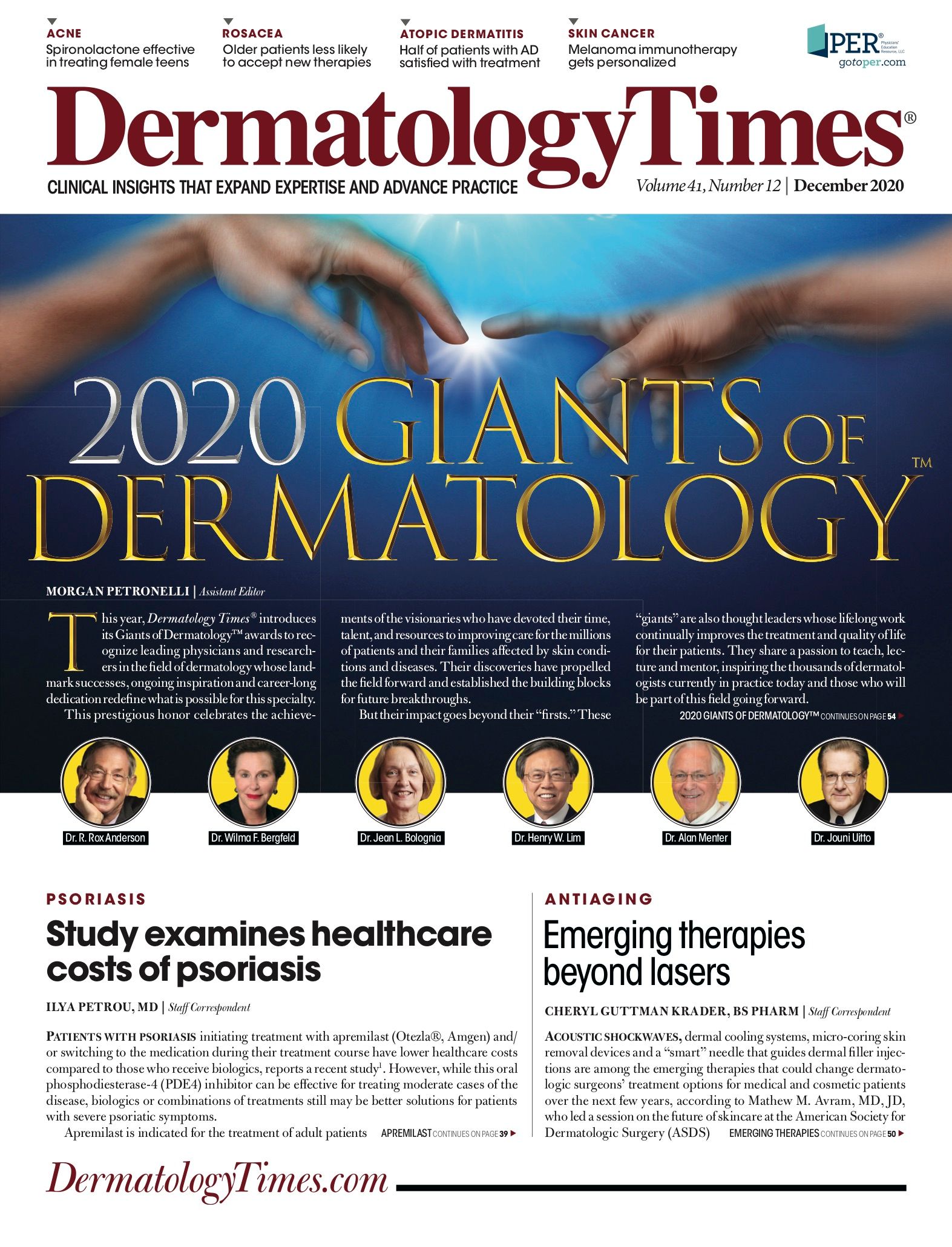
Newsletter
Like what you’re reading? Subscribe to Dermatology Times for weekly updates on therapies, innovations, and real-world practice tips.


